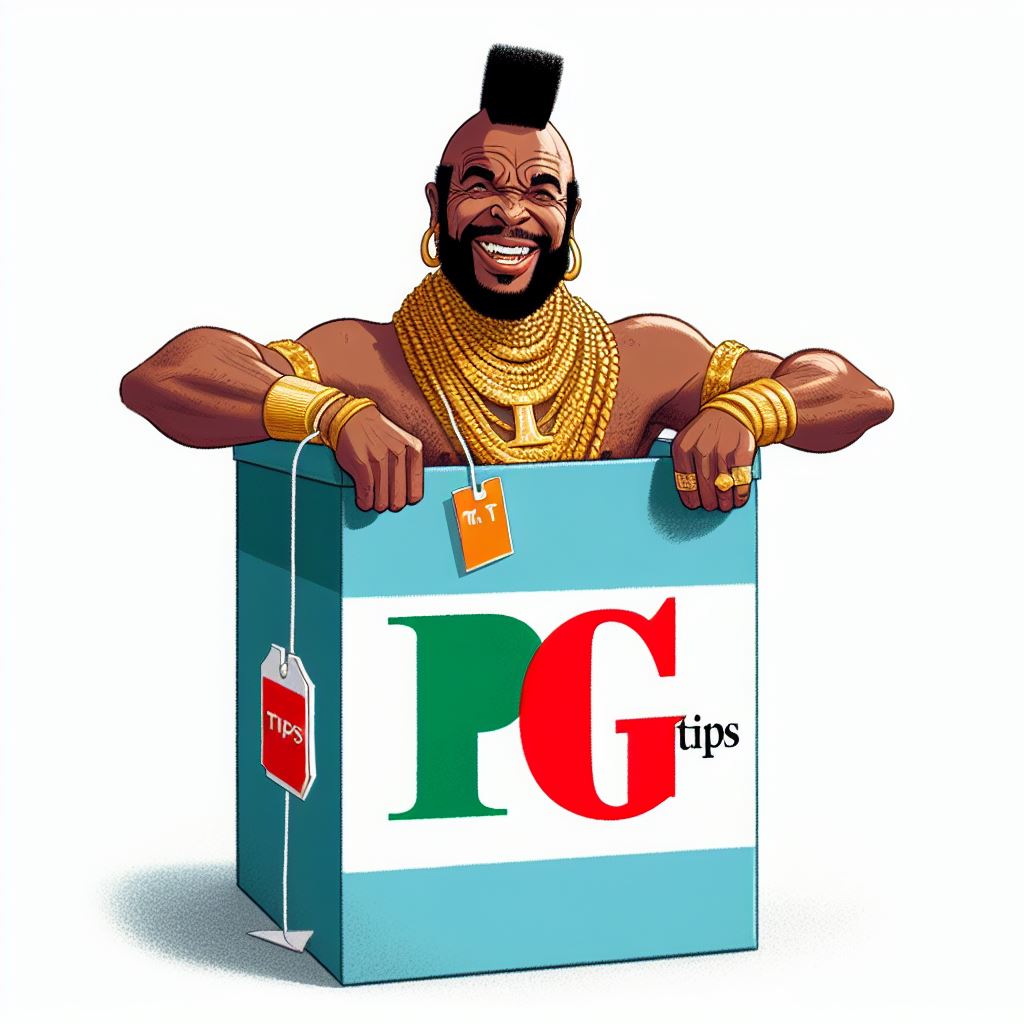I’m so bored I might as well be listening to Pink Floyd
Howdy, Stranger!
It looks like you're new here. If you want to get involved, click one of these buttons!
Categories
- 248.2K All Categories
- 22 >> Start Here <<
- 12 New Members
- 8 FAQs
- 88.9K Gear
- 40.4K Guitar
- 3.5K Acoustics
- 1.3K Bass
- 15.1K Amps
- 17.6K FX
- 359 Digital & Modelling
- 785 Other Instruments
- 8.5K Making & Modding
- 432 Gear Reviews
- 108 Guitar Reviews
- 74 Amp Reviews
- 119 FX Reviews
- 90 Other Reviews
- 756 Made in the UK
- 988 Theory
- 1.9K Technique
- 2.2K Live
- 3.2K Studio & Recording
- 2.2K Making Music
- 232 Events
- 15 Guitar Show 2018
- 867 Plug My Stuff
- 108.2K Classifieds
- 42.3K Guitars £
- 2.9K Acoustics £
- 146 LH Guitars £
- 925 Basses £
- 11K Parts £
- 18.8K Amps £
- 35K FX £
- 2.9K Studio & Rec £
- 6.3K Misc £
- 472 Personnel
- 56.2K Chat
- 37.5K Off Topic
- 1.2K Tributes
- 6.8K Music
In this Discussion
Become a Subscriber!
Subscribe to our Patreon, and get image uploads with no ads on the site!
Slightly catchy fret edges - best way to fix?
 fretmeister
Frets: 25557
fretmeister
Frets: 25557
I've got a very cheap Jim Deacon P bass and some of the fret edges are uncomfortable.
Not actually sharp, but annoyingly noticeable.
It's not on the tang, it's above that.
What's the best approach? Files or a bit of Wet n Dry paper?
ta
Not actually sharp, but annoyingly noticeable.
It's not on the tang, it's above that.
What's the best approach? Files or a bit of Wet n Dry paper?
ta
0 LOL 0
LOL 0 Wow! 0
Wow! 0 Wisdom
Wisdom
 LOL 0
LOL 0 Wow! 0
Wow! 0 Wisdom
Wisdom Base theme by DesignModo & ported to Powered by Vanilla by Chris Ireland, modified by the "theFB" team.


Comments
I use a small fret file, flat on one narrow edge, as Dan Erlewhine does, gently file the fret ends with a 'round and over' motion. Do this to both sides of the fret and both ends, then carefully polish with steel wool using a masking tool to avoid touching the fretboard.
https://www.amazon.co.uk/Micro-Mesh-Soft-Touch-Variety-Pack
A triangle file with ground flat edge (aka fret dressing file) to dress the ends if it's really bad.
In certain situations I then use 400g wet and dry over a firm, but not solid, sanding block, up and down the neck. If the fret ends tear the paper go back to the file. Work up the grits. This works well on unlacquered boards where a slight round over is desirable.
@FelineGuitars did a vid that shows the motion you need with the fret dressing file. The video is much better than trying to describe it.
Instagram
It's a rosewood board. No binding.
I’m so bored I might as well be listening to Pink Floyd